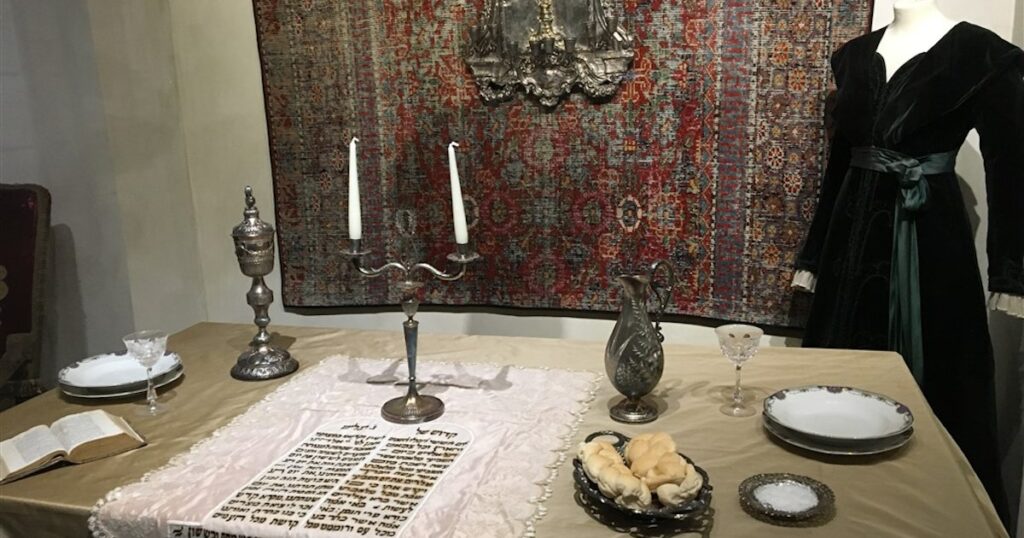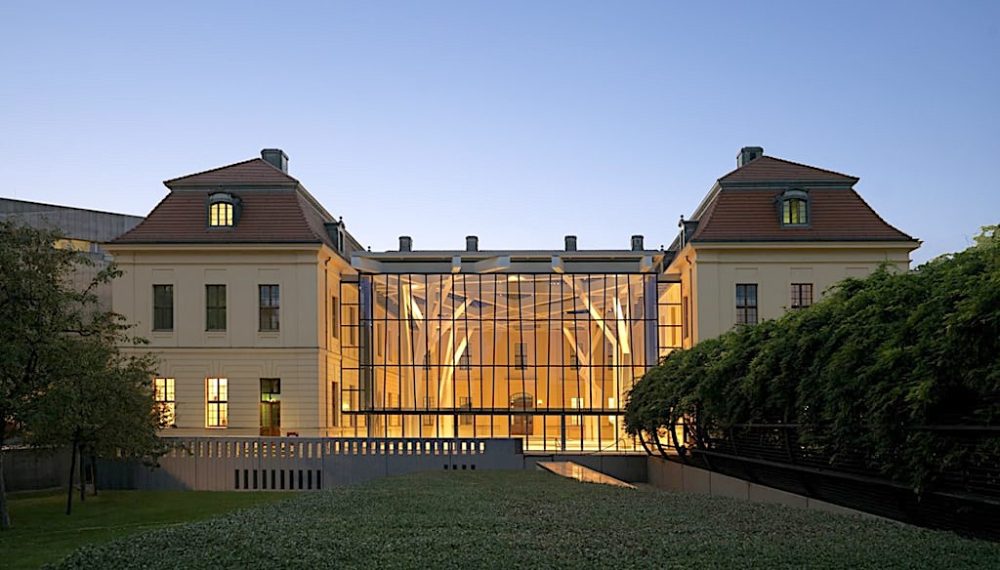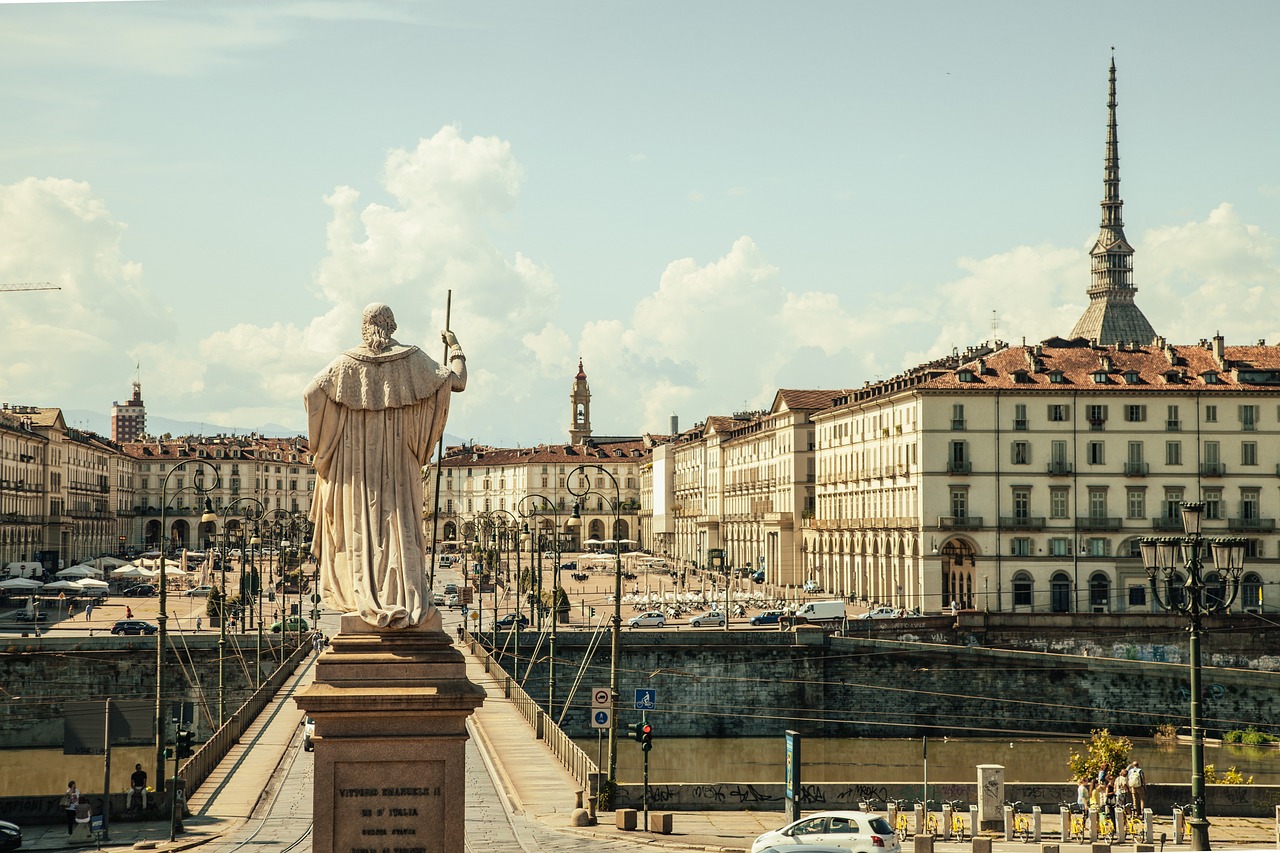The Museo Ebraico di Torino (Jewish Historical center of Turin) remains as a critical foundation in the social scene of Italy, offering profound experiences into the rich history and culture of the Jewish people group in Turin and Italy at large. Arranged in the core of the city, the historical center is where guests can investigate Jewish legacy, customs, and the persevering through tradition of a local area that has been vital to the historical backdrop of the district for quite a long time.
In this article, we will dig into the verifiable foundation of the Jewish people group in Turin, investigate the different shows and assortments of the historical center, and feature the significance of this establishment as a guide of social conservation and training. Whether you are a set of experiences lover, a social explorer, or somebody just interested about Jewish history, the Museo Ebraico di Torino offers an enhancing experience that will leave you with a more profound comprehension of Jewish life and customs in Italy.
A Short History of the Jewish People group in Turin
The Jewish people group in Turin has a long and complex history that traces all the way back to the Roman Domain. While Jews were available in different pieces of Italy during the Roman time frame, it was only after the Medieval times that a more long-lasting Jewish presence was laid out in Turin.
By the fifteenth 100 years, Jewish families started getting comfortable the city, especially after the ejection of Jews from Spain in 1492, which drove numerous Sephardic Jews to look for shelter in different pieces of Europe, including Italy. Notwithstanding, Jews in Turin, as in numerous different pieces of Europe, confronted huge difficulties, remembering limitations for where they could reside, work, and practice their confidence.
The foundation of the Jewish Ghetto in Turin in the seventeenth century denoted an especially troublesome period. In any case, regardless of these difficulties, the Jewish people group persisted, contributing essentially to the financial and social existence of the city.
The circumstance for Turin’s Jewish populace worked on in the nineteenth hundred years, especially after the liberation of Jews in the Realm of Piedmont-Sardinia in 1848, which conceded Jews equivalent freedoms. This period saw a thriving of Jewish life in the city, with the development of places of worship, Jewish schools, and social organizations.
The twentieth century brought new difficulties, especially during The Second Great War when Italy, under Fundamentalist rule, established enemy of Semitic regulations, and the Nazi occupation prompted the oppression and extradition of Jews from Turin and different pieces of Italy. Regardless of these misfortunes, the Jewish people group in Turin revamped itself after the conflict, and today it stays a lively area of the city’s social texture.

The Museo Ebraico di Torino: A Social Fortune
The Museo Ebraico di Torino was established in 2017 and is situated in a similar structure as the city’s fundamental temple, which adds a layer of verifiable and social importance to the historical center’s setting. The exhibition hall fills in as a position of recognition, training, and social protection, expecting to encourage a more noteworthy comprehension of Jewish life, customs, and commitments to society.
Presentations and Assortments
- The Historical backdrop of Jews in Turin
One of the essential shows in the Museo Ebraico di Torino centers around the historical backdrop of the Jewish people group in the city, following its starting points from the Medieval times to the current day. This segment offers an extensive glance at the different difficulties and wins the Jewish people group has looked throughout the long term.
Curios, reports, and sight and sound introductions assist with rejuvenating this set of experiences, furnishing guests with a more profound comprehension of the social, monetary, and social commitments of Turin’s Jewish populace. The show likewise investigates the job of the Jewish ghetto and the possible liberation of the Jewish people group in the nineteenth hundred years.
- Jewish Strict Customs and Practices
One more key component of the historical center is its emphasis on Jewish strict customs and practices. This part offers an inside and out take a gander at the different ceremonies, customs, and images that are integral to Jewish life. Guests can find out about significant Jewish occasions like Passover, Yom Kippur, and Hanukkah, as well as the meaning of the time of rest (Shabbat) in Jewish strict life.
The display likewise includes an assortment of strict relics, including Torah parchments, menorahs, and other formal items.

The Holocaust and Jewish Oppression
One of the most piercing segments of the Museo Ebraico di Torino is its show on the Holocaust and the oppression of Jews during The Second Great War. This part is devoted to recalling the casualties of the Holocaust and teaching guests about the monstrosities committed against the Jewish nation during this dim time of history.
Through photos, individual declarations, and verifiable reports, the presentation portrays the effect of Extremist and Nazi approaches on Turin’s Jewish people group. It likewise features the endeavors of people and associations that attempted to save Jews from removal and abuse.
Jewish Commitments to Turin’s Social and Financial Life
The Museo Ebraico di Torino additionally commends the numerous commitments of Jewish people and families to the social and monetary existence of Turin. From conspicuous Jewish learned people and craftsmen to effective business pioneers and altruists, the display exhibits the assorted manners by which the Jewish people group has enhanced the city.
This segment of the exhibition hall is a demonstration of the flexibility and imagination of Turin’s Jewish populace, even notwithstanding misfortune. It likewise fills in as a sign of the significance of social variety in molding the character of a city.
Instructive Projects and Local area Commitment
Notwithstanding its presentations, the Museo Ebraico di Torino is profoundly dedicated to schooling and local area commitment. The historical center offers various instructive projects for understudies, educators, and the overall population, pointed toward encouraging a more prominent comprehension of Jewish history and culture.
One of the gallery’s key drives is its work with nearby schools, offering directed visits and instructive studios intended to show understudies the Holocaust, Jewish customs, and the significance of resilience and grasping in this day and age.
The exhibition hall likewise has comprehensive developments, talks, and film screenings, giving a stage to discourse and trade on issues connected with Jewish history, culture, and contemporary Jewish life. These occasions help to reinforce the association between the Jewish people group and the more extensive populace of Turin, cultivating a feeling of common regard and understanding.
Visiting the Museo Ebraico di Torino
The Museo Ebraico di Torino is situated in the focal point of Turin, making it effectively available for guests investigating the city. Guests to the gallery can likewise respect the staggering excellence of the temple, which remains as an image of the strength and congruity of Jewish life in Turin.
The exhibition hall is available to the general population consistently, and directed visits are accessible in numerous dialects, making it a phenomenal objective for global guests. Whether you are visiting Turin for a day or arranging a long-term visit, a visit to the Museo Ebraico di Torino is an unquestionable necessity for anyone with any interest at all in Jewish history, Italian culture, or the more extensive story of the Jewish diaspora.

End
The Museo Ebraico di Torino is something beyond an exhibition hall; it is a living demonstration of the perseverance of a local area that has contributed essentially to the social and financial existence of Turin for quite a long time. Through its presentations, instructive projects, and widespread developments, the gallery offers a thorough and drawing in investigation of Jewish history and customs, giving guests a more profound appreciation for the rich embroidery of Jewish life in Italy.
Whether you are a set of experiences buff, a social pioneer, or somebody hoping to look further into Jewish legacy, the Museo Ebraico di Torino offers a significant and improving experience that will have an enduring effect.
FAQs: Museo Ebraico di Torino – A Journey Through History and Culture
FAQ 1: What can visitors expect to see at the Museo Ebraico di Torino?
Answer: Visitors to the Museo Ebraico di Torino can expect to see a rich collection of artifacts that highlight Jewish history and culture in Turin and Italy. The museum features exhibits on Jewish traditions, religious practices, and the community’s contributions to local culture, along with historical documents, photographs, and art.
FAQ 2: Are guided tours available at the Museo Ebraico di Torino?
Answer: Yes, the Museo Ebraico di Torino offers guided tours that provide deeper insights into the exhibits and the history of the Jewish community in Turin. These tours are often led by knowledgeable staff or volunteers who can answer questions and share stories about the artifacts on display.
FAQ 3: What are the museum’s hours of operation and admission fees?
Answer: The Museo Ebraico di Torino typically operates from Tuesday to Sunday, with specific hours that may vary. Admission fees are generally modest, and discounts may be available for students, seniors, or groups. It’s advisable to check the museum’s official website for the most up-to-date information on hours and ticket prices before planning your visit.
